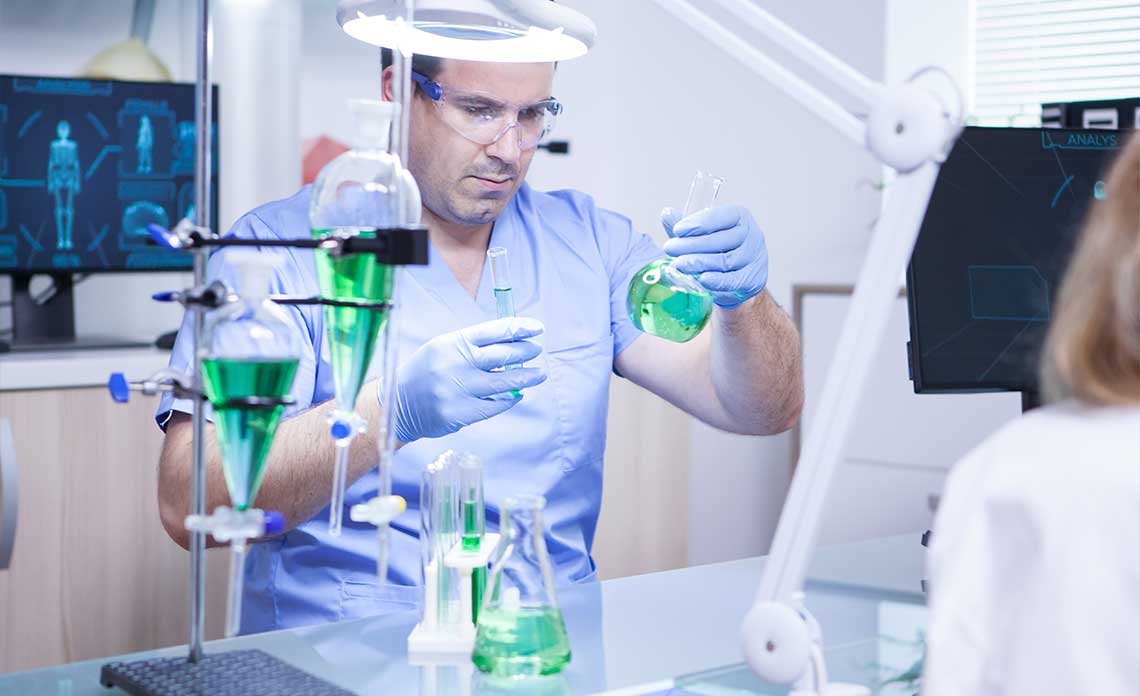In the dynamic world of laboratory applications, staying updated with the latest tips and innovative techniques is essential for enhancing productivity and achieving improved results. This blog post aims to provide valuable insights and practical advice to optimize laboratory practices, boost efficiency, and foster innovation. By implementing these tips and embracing innovation, laboratories can maximize their potential and drive impactful discoveries.
- Streamlining Workflow: Efficient workflow management is key to maximizing productivity in laboratory applications. This section will explore strategies for streamlining laboratory processes, including sample handling, equipment utilization, and data management. Tips may include implementing standard operating procedures (SOPs), adopting automation technologies, and optimizing resource allocation. By optimizing workflow, laboratories can minimize errors, reduce turnaround time, and enhance overall efficiency.
- Embracing Digital Solutions: The integration of digital solutions has revolutionized laboratory applications. This section will highlight innovative technologies and software that can streamline data analysis, experiment tracking, and result interpretation. Topics may include laboratory information management systems (LIMS), electronic laboratory notebooks (ELNs), and data visualization tools. Embracing digital solutions enables laboratories to manage data more effectively, improve collaboration, and accelerate decision-making processes.
- Quality Assurance and Control: Maintaining stringent quality assurance and control practices is vital for reliable and reproducible results. This section will discuss the importance of implementing quality control measures, including calibration, validation, and proficiency testing. Tips may include establishing quality control protocols, monitoring instrument performance, and documenting deviations. By prioritizing quality assurance, laboratories can ensure the accuracy and integrity of their experimental outcomes.
- Innovative Techniques and Methodologies: Innovation drives progress in laboratory applications. This section will explore emerging techniques and methodologies that can enhance experimental outcomes. Topics may include novel sample preparation methods, advanced analytical techniques, and cutting-edge imaging technologies. Highlighting these innovative approaches will inspire laboratories to explore new possibilities, push boundaries, and achieve breakthrough discoveries.
- Continuing Education and Professional Development: Staying updated with the latest advancements and best practices is crucial for laboratory professionals. This section will emphasize the importance of continuous learning, attending conferences, workshops, and webinars, and engaging in professional networks. By investing in ongoing education and development, laboratory personnel can stay ahead of the curve, embrace new technologies, and foster a culture of innovation within their organizations.
In the rapidly evolving landscape of laboratory applications, incorporating tips and embracing innovation is vital for driving efficiency and achieving improved results. By streamlining workflow, embracing digital solutions, maintaining quality assurance and control, exploring innovative techniques, and prioritizing continuous education, laboratories can enhance productivity, accelerate discoveries, and contribute to scientific advancements. Embracing a culture of innovation fosters creativity and empowers laboratory professionals to unlock new possibilities and make significant contributions to their respective fields.


